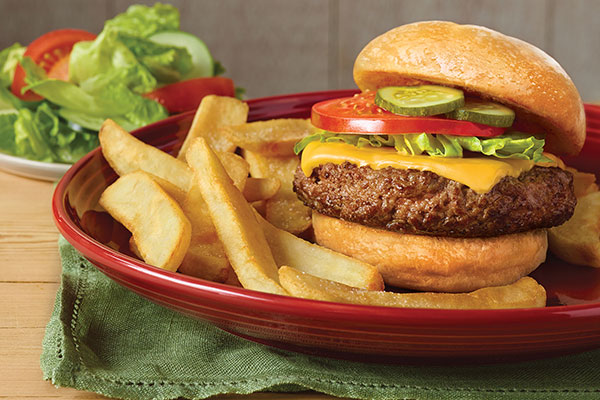
a renowned buffet-style restaurant chain, has long been a staple in the American dining landscape. With its all-you-can-eat model and a wide array of dishes, Golden Corral has attracted throngs of hungry patrons eager to indulge in a hearty meal. However, behind the seemingly simple concept of unlimited food lies a complex web of economic considerations, particularly when it comes to pricing strategies for lunch. In this article, we delve into the economics of lunch prices at Golden Corral, examining the factors at play and the strategies employed by the chain to optimize profitability while satisfying customer demand.
At the heart of Golden Corral’s pricing strategy for lunch is the concept of value perception. The lunch prices at Golden Corral are carefully calibrated to strike a delicate balance between affordability and profitability. As a buffet-style restaurant, Golden Corral operates on the principle of economies of scale, leveraging high volumes of customers to spread fixed costs across a larger base. This allows the chain to offer relatively lower prices compared to traditional à la carte restaurants, thereby appealing to price-conscious consumers seeking a good deal.
However, setting the right price point for lunch is not a one-size-fits-all approach. Golden Corral must consider various factors, including food costs, overhead expenses, competition, and customer demographics. For instance, in regions where the cost of living is higher, Golden Corral may adjust its lunch prices accordingly to remain competitive while ensuring profitability. Likewise, in areas with a large student population or budget-conscious diners, the chain may offer promotions or discounts to attract customers during lunch hours.
Moreover, Golden Corral’s pricing strategy for lunch extends beyond just setting a fixed price per person. The chain employs dynamic pricing techniques to optimize revenue based on demand fluctuations throughout the day. During peak lunch hours, when the restaurant is bustling with hungry patrons, Golden Corral may slightly increase its lunch prices to capitalize on the higher demand. Conversely, during off-peak hours, such as late afternoon or early evening, the chain may offer discounted rates or special promotions to attract diners during slower periods.
Another crucial aspect of Golden Corral’s pricing strategy for lunch is menu engineering. The chain carefully curates its lunch offerings to maximize profitability while ensuring a diverse selection to cater to different tastes and preferences. By strategically allocating food costs across various menu items, Golden Corral can maintain competitive prices without sacrificing quality or variety. For example, high-margin items such as pasta or salads may offset the lower margins of proteins like steak or seafood, allowing the chain to offer a balanced and enticing lunch buffet at an attractive price point.
Furthermore, Golden Corral leverages menu psychology to influence consumer behavior and maximize revenue. The chain strategically positions high-profit items at prominent locations within the buffet line, enticing customers to fill their plates with these offerings. Additionally, Golden Corral may use pricing tactics such as price anchoring, where a relatively higher-priced item is placed next to a similar but lower-priced item, making the latter appear more affordable by comparison.
In addition to traditional pricing strategies, Golden Corral also embraces technology to enhance the lunch dining experience and drive sales. The chain may offer online ordering or mobile app-based promotions to incentivize customers to visit during lunch hours. By leveraging data analytics and customer insights, Golden Corral can tailor its pricing and promotional strategies to target specific segments of the market effectively.
Moreover, Golden Corral recognizes the importance of transparency in its pricing strategy for lunch. The chain clearly communicates its lunch prices to customers through various channels, including signage, menus, and online platforms. By being upfront about pricing, Golden Corral builds trust and credibility with diners, reducing the likelihood of price-related dissatisfaction or complaints.
Conclusion:
the economics of lunch prices at Golden Corral are multifaceted, involving a delicate interplay of factors such as value perception, demand dynamics, menu engineering, and technological innovation. By employing a strategic blend of pricing tactics, Golden Corral is able to offer a compelling lunch buffet experience that strikes the right balance between affordability and profitability. As the restaurant industry continues to evolve, Golden Corral remains a shining example of how savvy pricing strategies can drive success in the competitive dining landscape.
